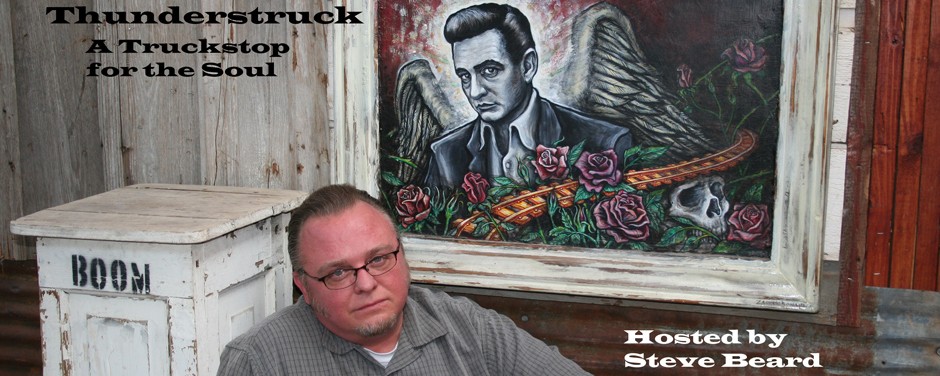By Alissa Wilkinson
The poster for “The Unbreakable Kimmy Schmidt” features a background crowd of grey-clad New Yorkers scuttling along in the rain. In front of them, Kimmy (played by Ellie Kemper) — in magenta pants, a yellow cardigan and purple sneakers — is jumping ecstatically into a puddle. The tagline: “Life begins when the world doesn’t end.”
I smiled when I first saw the poster. A decade ago, I was a puddle-jumping newbie New Yorker, too.
And Kimmy joyfully splashed in puddles for awfully similar reasons to my own.
Tina Fey’s new Netflix series opens when Kimmy and three other women emerge from a bunker and into a world, they’d been told, was scorched and dead. For 15 years of captivity, their captor, Rev. Richard Wayne Gary Wayne, said God wanted him to protect them from the destruction above. Now free, Kimmy decides she’s not going to settle for Indiana. She wants New York.
I was never in an apocalyptic cult, or even just a regular old cult. But in the 1990s, I was part of a certain branch of fundamentalism that flourished among Christian homeschoolers. Leaders called for women in calico jumpers and long hair, and also a total break with most culture, including no contact with Christian things deemed too worldly: magazines for teenagers published by Focus on the Family, contemporary Christian music, youth groups or Amish romance novels.
To read the rest of Alissa Wilkinson’s article in the Washington Post, click HERE.

